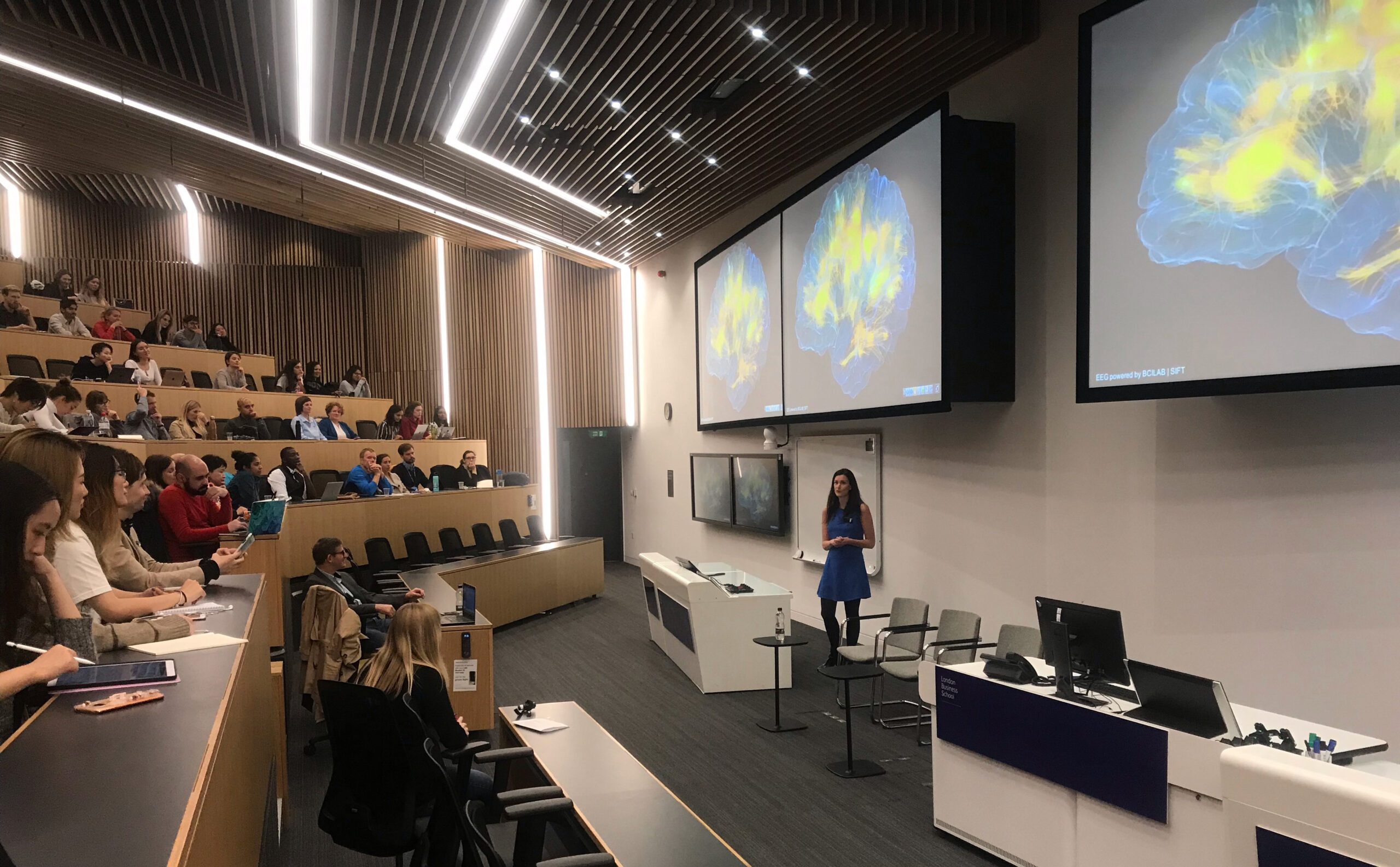When you mention the term “thought leadership,” one can’t help but conjure images of people from the ilks of Voltaire, Nelson Mandela, Confucius, and Martin Luther King, which spans many centuries.
These individuals are believed to be experts in their field. They aren’t afraid to challenge the status quo, which allows them to move beyond conventional wisdom and open up new, innovative ways to approach issues.
Today, the public recognizes innovative thinkers more than ever for their unique points of difference, which arguably makes perfect sense when it comes to complex business modules. The masses often mistake thought leaders for people born to be visionaries, pundits, or gurus.
Are they?
The danger of broaching the topic of thought leaders in the 21st century is that one might consider the wisdom of “exalted ones”–that’s, someone capable of attracting 23 million followers via a social media platform.
Who can blame society if they click-like, clap or support someone during an era where “influencers,” “modelers,” and “models” have pushed medical doctors to the margins of relevance during the pandemic?
Professionals are reluctant to show their skills or be recognized as prominent brand ambassadors. The line between reality and myth is so blurred. It can be exhausting to get entangled in the web that is personal branding. It is easy to leave it up to the marketing department to create compelling content.
Personal branding isn’t about reputation laundering or putting lipstick on a porky pig. It’s about authentic storytelling that humanizes leaders and organizations to be trusted authorities. It helps build trust and humanize the company, regardless of whether we are talking about employees, customers, or other stakeholders.
Leadership: Making Sense of Thought
It is essential to dispel the myth of thought leadership as a self-praising or knowing-it-all concept. If you get my drift, it’s not about you as a leader or entity.
Thought leadership is a result of a person’s mind. It creates intellectual property and inspires others to take action. They can keep their fingers on the pulse of enterprise and create a brand that promises to foster both communal trust and universal subscription.
Thought leaders are known for their innovative thinking, which raises eyebrows in their own company and among customers. They send their industry arch-rivals to the drawing board to revise their blueprint to keep up with the game.
Thought leaders aren’t slavish to the selfie-taking habits of cell phones when it comes to personal branding. To borrow a metaphor from golf, they take the best shot possible from the fairways and reform the industry in the hopes of dancing with the flag on the greens. Dropping the cup is a blessing. Thought leaders are humbled by the applause from the grateful gallery when they approach the prime spot for a tap in putt.
They don’t try to impress others with their success. Thought leaders are content to drive their ideas and know that they don’t know everything. They are often curious about the unbaked pictures of others and build their intellectual property.
Personal Brands and Corporate Emblems
If industry leaders are sincere, they will agree that many people on their floors are potential thought leaders. They have deep, personal knowledge of their chosen fields, but they don’t trust their instincts. They may not recognize this quality in their career, primarily if they work for an organization that doesn’t have a strong workforce.
Contrary to popular belief, corporate branding and personal branding are not mutually exclusive. Thought leaders are the backbone of any business branding. Marquee employees can share their brand stories and breathe new life into corporate brands.
The two sides have a mutually beneficial relationship. Thought leaders use the business brand to boost their profiles by proudly wearing the emblem on their jackets. Promising companies recognize this early and go out of their way for commercial cross-pollination.
This mutually beneficial existence relies on the enterprise’s strategy to add a unique voice and human element to embrace its brand.
Richard Branson, a British billionaire, sums it all up: “Too many businesses want their brands reflect an idealized and perfected image” Their brands lose their texture, character, and public trust.
For a variety of reasons, some conglomerates acknowledge their weaknesses. Instead, they encourage celebrities to promote their brand. This is what Leonardo DiCaprio, actor, and Mo Farah, Olympic gold medalist runner, epitomize. In 1998, the Hollywood star established a foundation to help others. With his down-to-earth personality, the former, a Mogadishu-born child immigrant from Mogadishu to England, gained popularity with Nike, a sports gear giant.
Flaws, Ego, and Gender
Google will show you that males are the most prominent thought leaders in the Gender stakes. Thought leadership is not about popularity. It doesn’t exist on the individual’s X and Y genomes. In other words, gender does not favor males or females.
Indira Nooyi (CEO of Pepsi), Mary Barra (CEO of General Motors), and Arianna Huffington (Founder of Huffington Post) are just a few of the women who have dispelled the myth.
Selflessness results from ego and flaws can be accepted as a fact. Branding and thought leadership are not obstacles to be avoided. They can be bridges that lead to better businesses.

 Entertainment4 years ago
Entertainment4 years ago
 Sports4 years ago
Sports4 years ago
 Fashion4 years ago
Fashion4 years ago
 Business4 years ago
Business4 years ago
 Fashion4 years ago
Fashion4 years ago
 Business4 years ago
Business4 years ago
 Entertainment3 years ago
Entertainment3 years ago
 Business3 years ago
Business3 years ago







